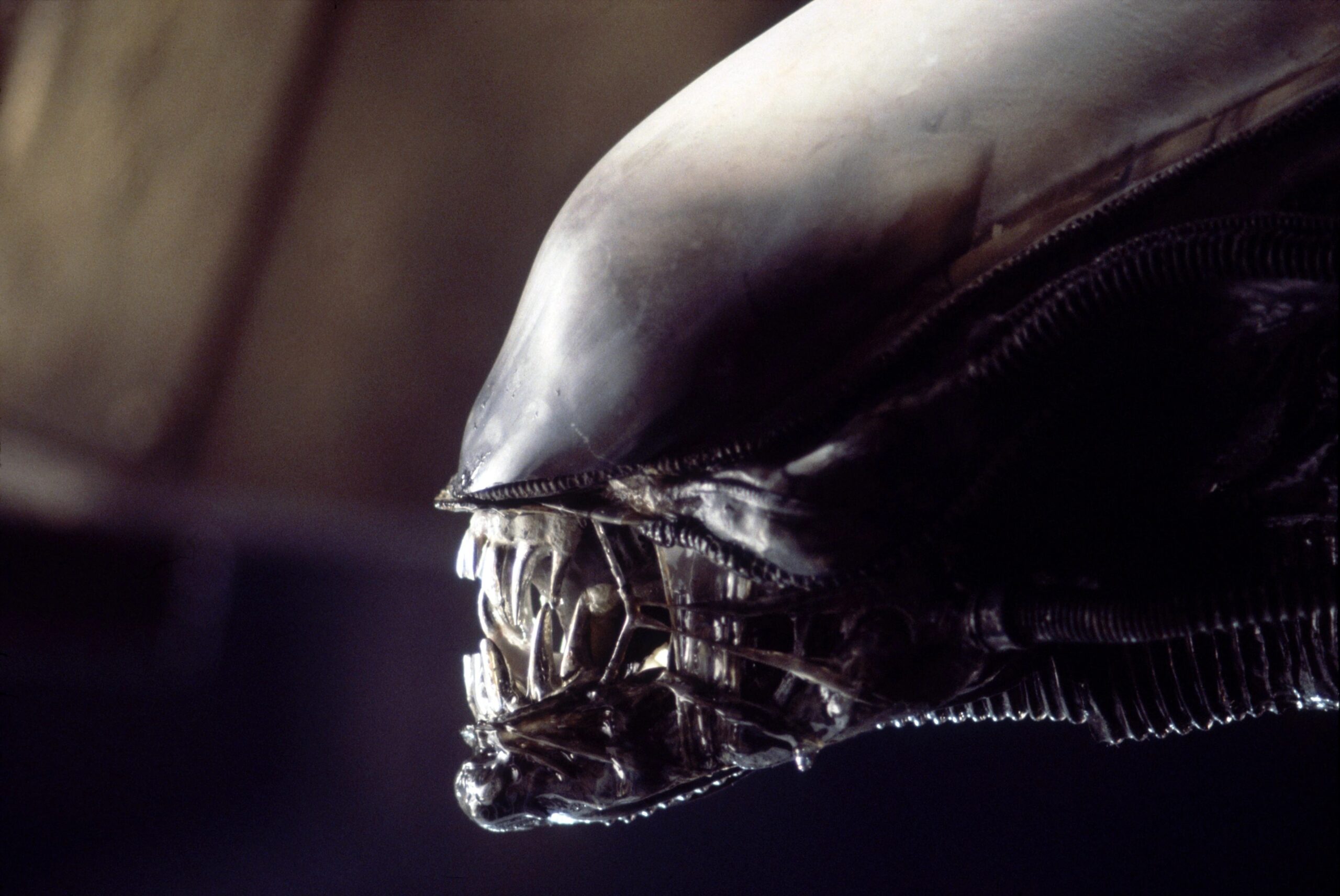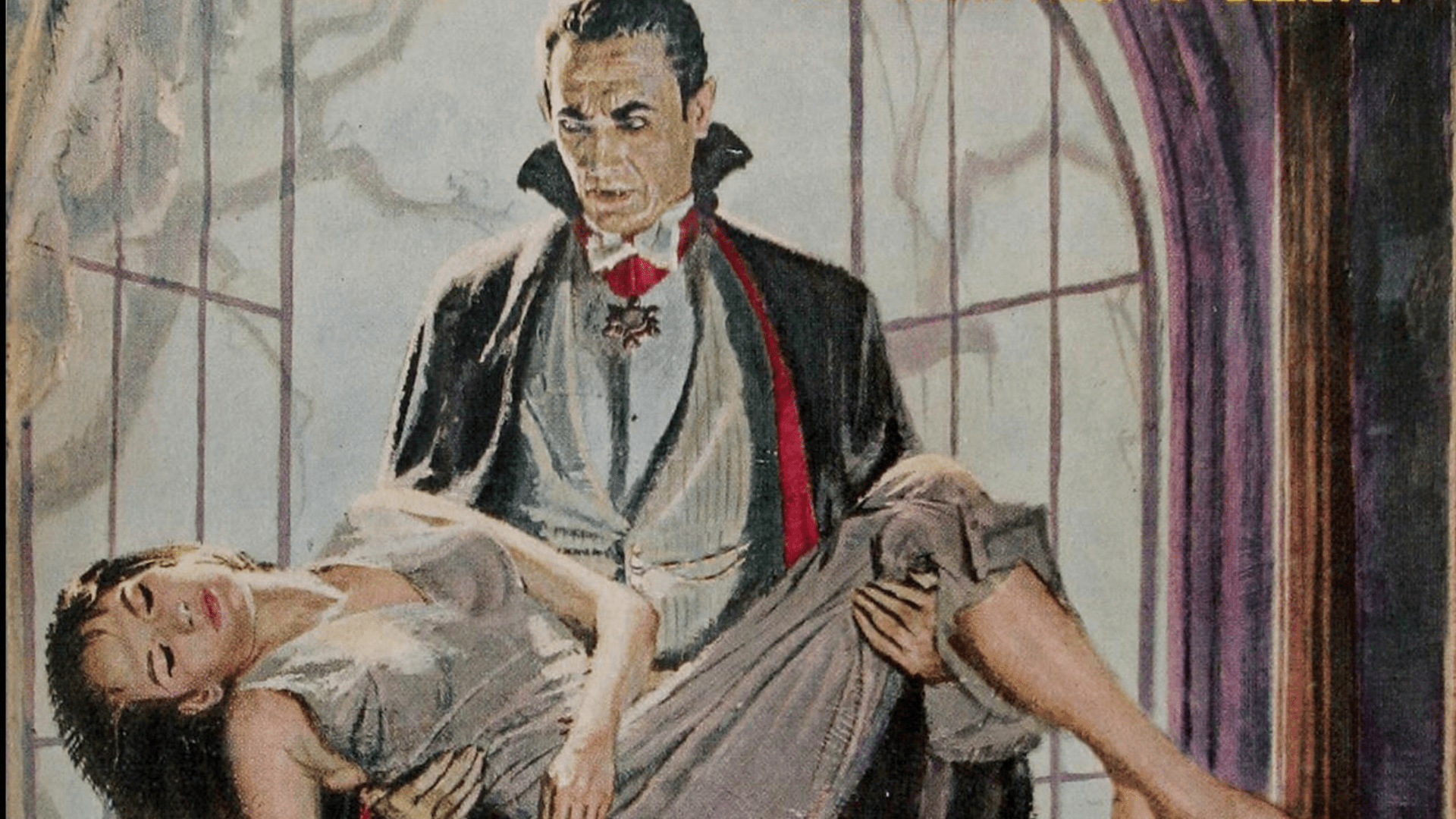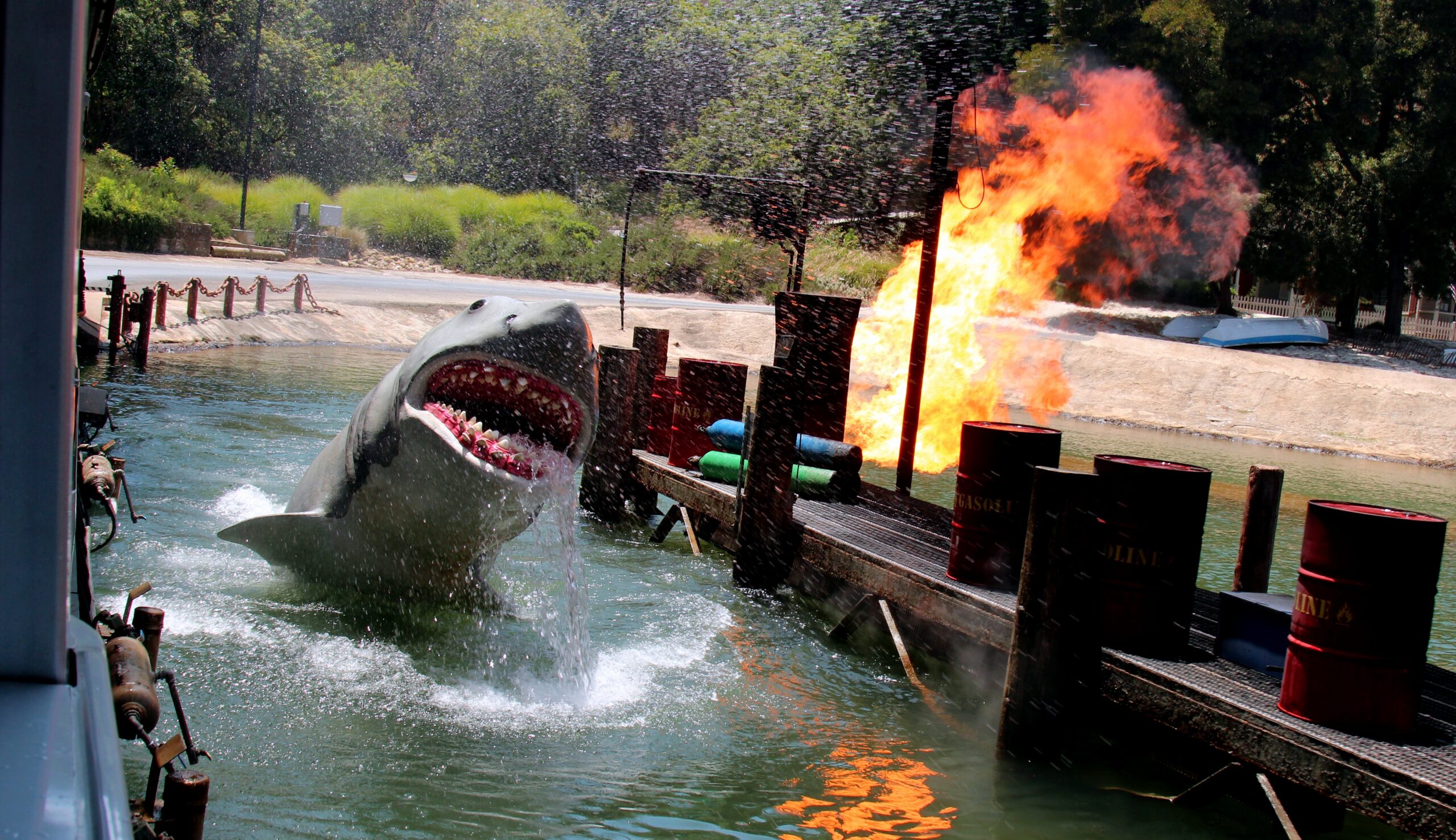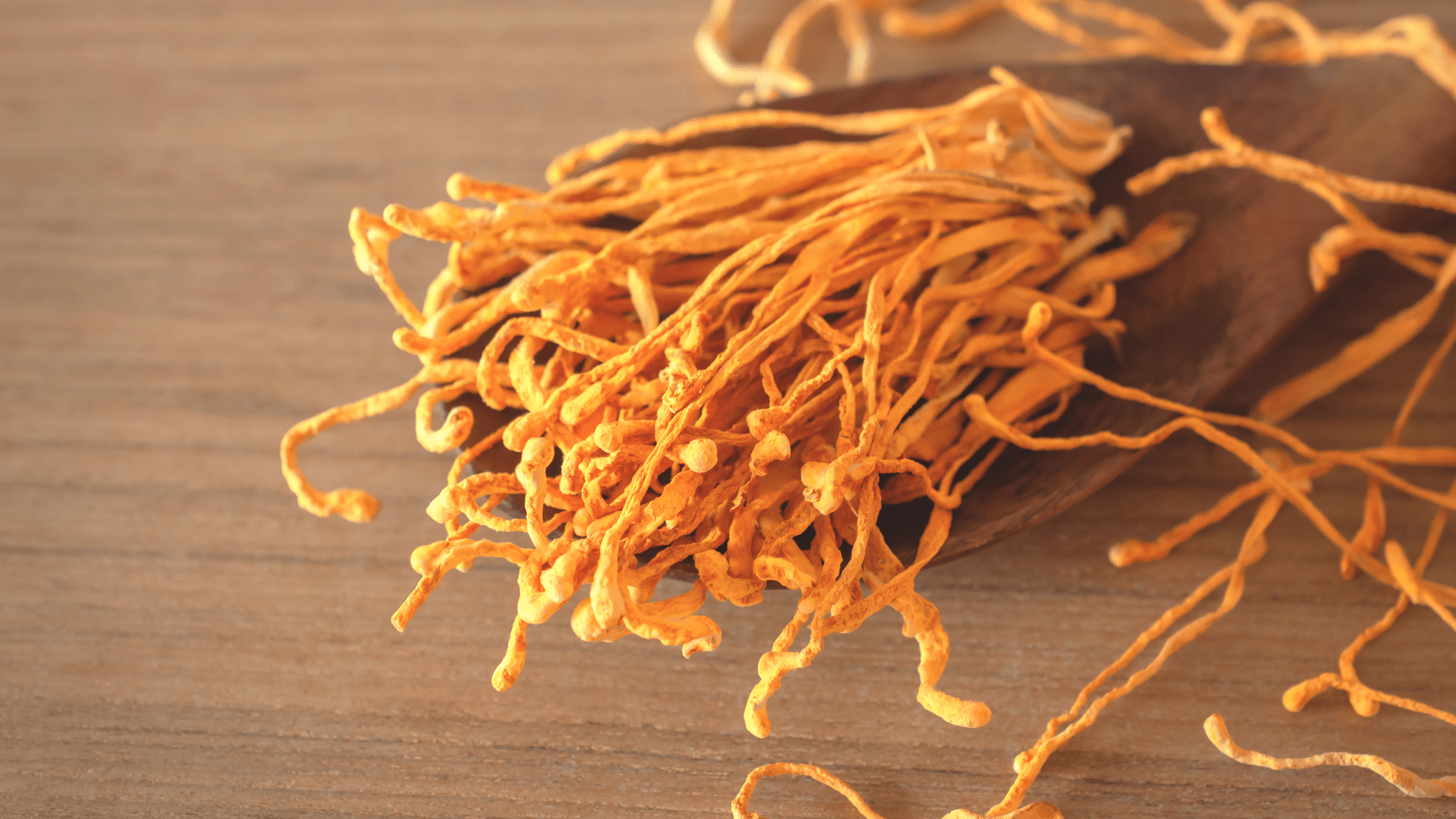We have much more to do and your continued support is needed now more than ever.
Horror Icons And The Wildlife That Inspired Them
An ancient and anxious voice from the deepest recesses of your brain speaks to you as you walk through the woods: did you hear that? Nearly instantly, you can think of all the possible dangers that might be lurking in the dark: wolves, snakes, hostile members of our own species. There’s a reason horror movies have captivated audiences for decades – they awaken our ancestral fear of the unknown.
It makes sense then that the monsters from our horror films would be inspired by the wildlife who might’ve hunted us just thousands of years ago. Although most people aren’t in any real danger from venomous spiders and snakes, these fears live on as ghosts in our central nervous system – and in our horror films. From mind-controlling fungi to carnivorous predators, we’re taking a look at the wildlife that inspired some classic horror monsters.

Designed as a mix between an organic and mechanical creature, the xenomorph has been frightening audiences for nearly fifty years. The creature itself is an amalgamation of several different species – primarily from terrestrial and marine wildlife.
Pharyngeal jaws from moray eels: Pharyngeal jaws are a “second set” of jaws contained within an animal’s throat, or pharynx, distinct from the primary or oral jaws. While most bony fish have them, moray eels have muscles that are more like bungee-jumping cords, giving them the special ability to sling their pharyngeal jaws forward and backward. Moray teeth are sharp and curved, helping them hold onto large prey—other fishes, octopods, squids, and crabs.
“Acid” from bombardier beetle: In Aliens, the xenomorph is able to offensively spray acid on its targets and although we don’t know what chemical it uses – we do have a real life acid spitter among us: the bombardier beetle. It lives in nearly every continent on earth and is most notable for their ability to shoot a boiling, corrosive substance at predators.
Facehugger is a horseshoe crab: Its design has been unchanged for over 450 million years – making it an ancient alien in and of itself. They use their chelicerae—a pair of small appendages—for moving food into the mouth. Their diet mostly consists of small clams, crustaceans, and worms. But in the Aliens universe, it also includes humans.
Although they may look similar, horseshoe crabs couldn’t be more different from their fictional counterparts. Horseshoe crabs live in the ocean, can’t jump, and are harmless to humans. Instead of taking lives, their uniquely colored, bright-blue blood is used to research and produce life-saving antibiotics.

It may seem obvious, but the actual inspiration for Dracula is not as clear as you might think – some say the author was inspired by the infamous murders of Vlad the Impaler, while others speculate that he was inspired by the Hungarian serial killer, Elizabeth Báthory. The real source, however, has already been overlooked – the original vampire had been lurking in the jungles of Latin America for over 26 million years when their discovery made national headlines as the first-ever bloodsucking mammal: the vampire bat.
While the author, Bram Stoker, was working on his novel, he found a clipping of a New York newspaper about vampire bats – which became the inspiration for the plot of Dracula. Stoker did not research the actual behavior of vampire bats, and wrote them off as malevolent demons but this could not be further from reality. While he was right in that vampire bats hunt at night and feed on mammalian blood (though feeding on humans is exceedingly rare and harmless) – similar to Dracula – he overlooked their kind and highly social nature!
Vampire bats will often start their blood hunts alone, but always return home to the roost and share their meals – generously feeding bats who were unsuccessful in their hunts. These bats are also selective in who they share dinner with, meaning they seem to have friends, acquaintances, and bats who they tend to avoid. All this to say, a real vampire would be more likely to host lavish feasts with close friends than live alone in a Transylvanian mansion.

In Jaws, Bruce actively seeks out humans and hunts them down – a massive waste of energy for any real great white shark in the wild. Let’s take a look at the largest great white shark in living history – Deep Blue. Despite being similar in size to Bruce, she has been filmed calmly approaching divers, even allowing free diver and model Ocean Ramsey, to hold on to one of her fins while swimming with her.
In fact, fatal encounters are so rare, more people win the lottery every year than are killed by sharks. In the United States, only 24 people have been killed by sharks since 2000. Regardless, the public perception of sharks has devastated the shark population since the film’s release. So much so, that Steven Spielberg himself has expressed regret about making the film: “I truly, and to this day, regret the decimation of the shark population because of the book and the film.”

Instead of simply creating zombies, the studio responsible for the Last of Us decided to create a new type of infected creature for viewers to experience that hadn’t been seen before, one that is taken over by a fungal infection instead of a virus or bacteria. Unfortunately, this fungal infection is very real – just not among humans.
Ophiocordyceps unilateralis, also known as the “zombie ant fungus”, does this very thing to unsuspecting carpenter ants all across the jungles of Latin America. Curiously, Ophiocordyceps unilateralis does not affect the brain directly – it takes over the ants’ muscles and uses its body like a walkie-talkie to communicate with each other and influence the brain from afar. Once an infection is underway, the neurons in the ant’s body—the ones that give its brain control over its muscles—start to die. If this is right, then the ant ends its life as a prisoner in its own body. Its brain is still in the driver’s seat, but the fungus has the wheel.
Similarly to the infected carpenter ants, clickers become disfigured from their infection. But unlike carpenter ants, after several years of infection, clickers lose their eyesight and rely on echolocation to communicate and find prey. The voice actors took inspiration from dolphins to create a language for the clickers that’s unique to each individual, simulating the communication happening in a family pod of dolphins.






















